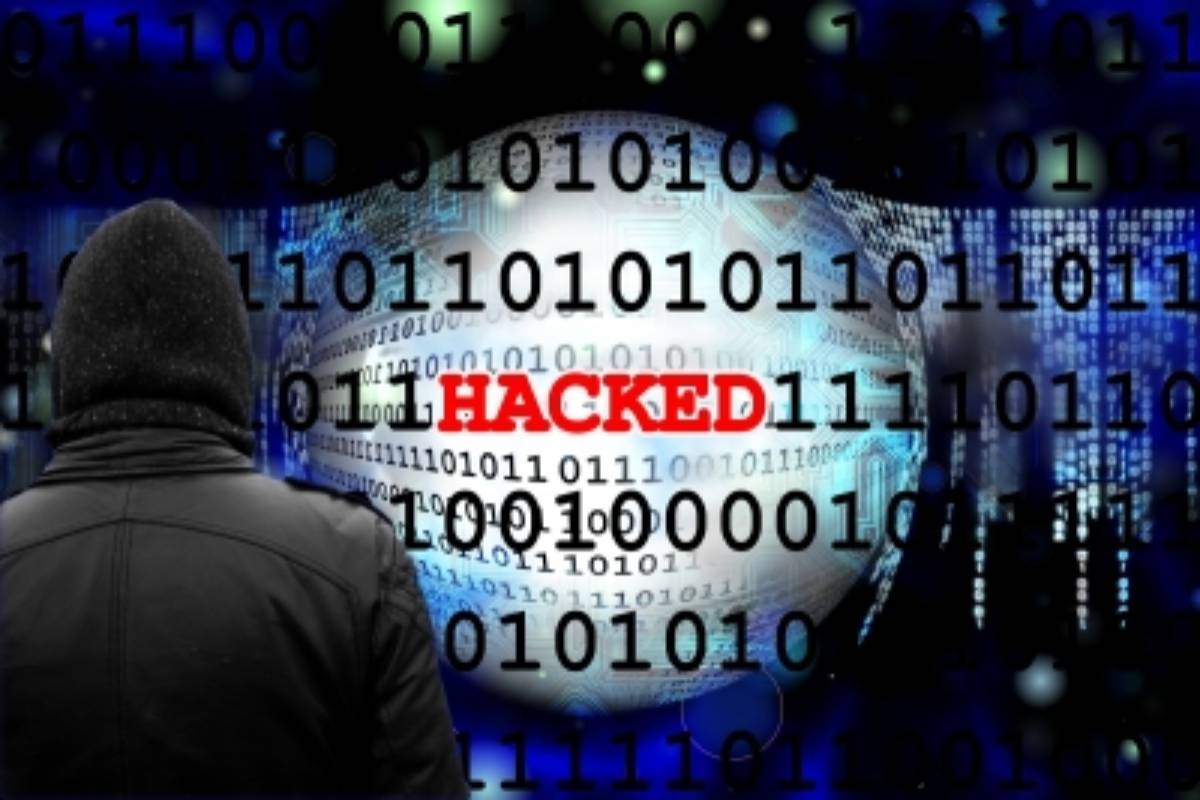Nearly 86 per cent of Indian enterprises believe that the shift to remote working during the pandemic has resulted in an increased number of IoT (Internet of Things) security incidents via connected devices at home, according to a new report.
Smart home connected devices such as light bulbs, wearable devices such as heart rate monitors, connected sports equipment, kitchen appliances such as coffee machines, game consoles and even pet technology are among the list of the strangest devices identified in the study.
Advertisement
About 84 per cent organisations in the country have seen an increase in the amount of non-business IoT devices connected to their business network over the past year, according to cyber-security firm Palo Alto Networks.
While 73 per cent respondents believe that IoT security regulations are not keeping pace with the amount of IoT connecting devices, thus putting them at risk, 97 per cent believed that their organisation’s approach to IoT needs improvement.
Connected cameras, connected wearables and connected home devices are some of the non-business devices organisations have found attached to their networks, which could be posing risk to Indian enterprises.
“Remote workers need to be aware of devices at home that may connect to corporate networks via their home router. Enterprises need to better monitor threats and access to networks and create a level of segmentation to safeguard remote employees and the organisationa�s most valuable assets,” said Vicky Ray, principal researcher, Unit 42 at Palo Alto Networks.
Cyber criminals know that one small IoT sensor can provide entry into a corporate network to launch ransomware attacks and more.
According to the global survey of IT decision makers by Palo Alto Networks, 78 per cent of respondents from organisations that have IoT devices connected to their network reported an increase in non-business IoT devices on corporate networks in the last year.
“IoT adoption has become a critical business enabler. It presents new security challenges that can only be met if employees and employers share responsibility for protecting networks,” Ray added.
















